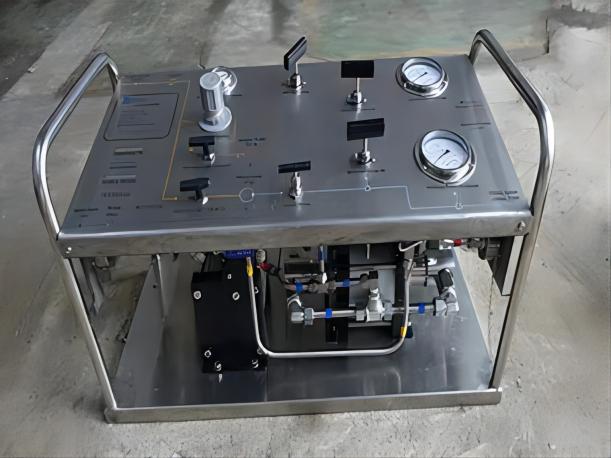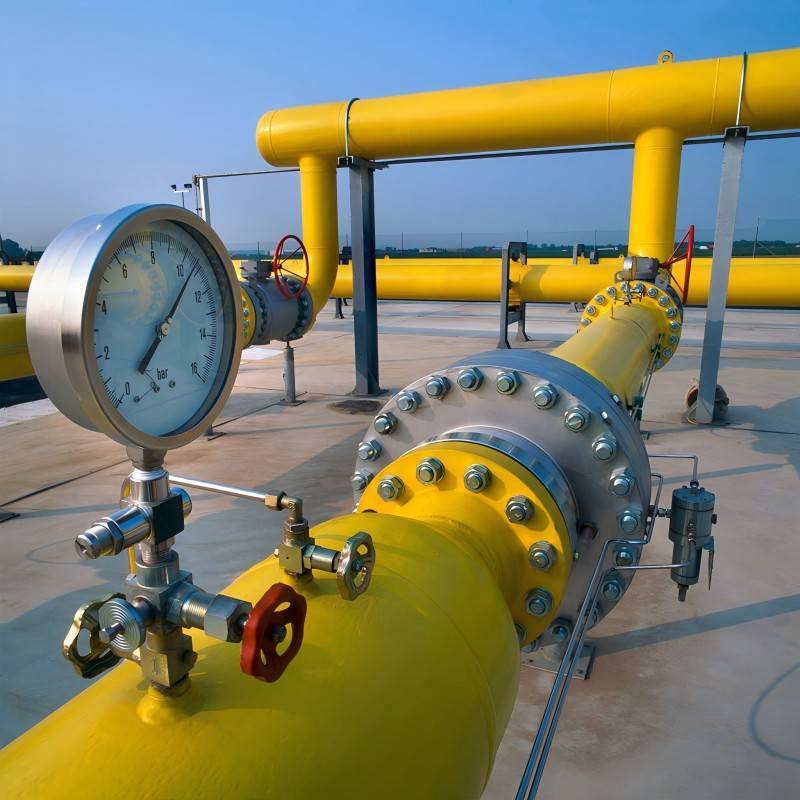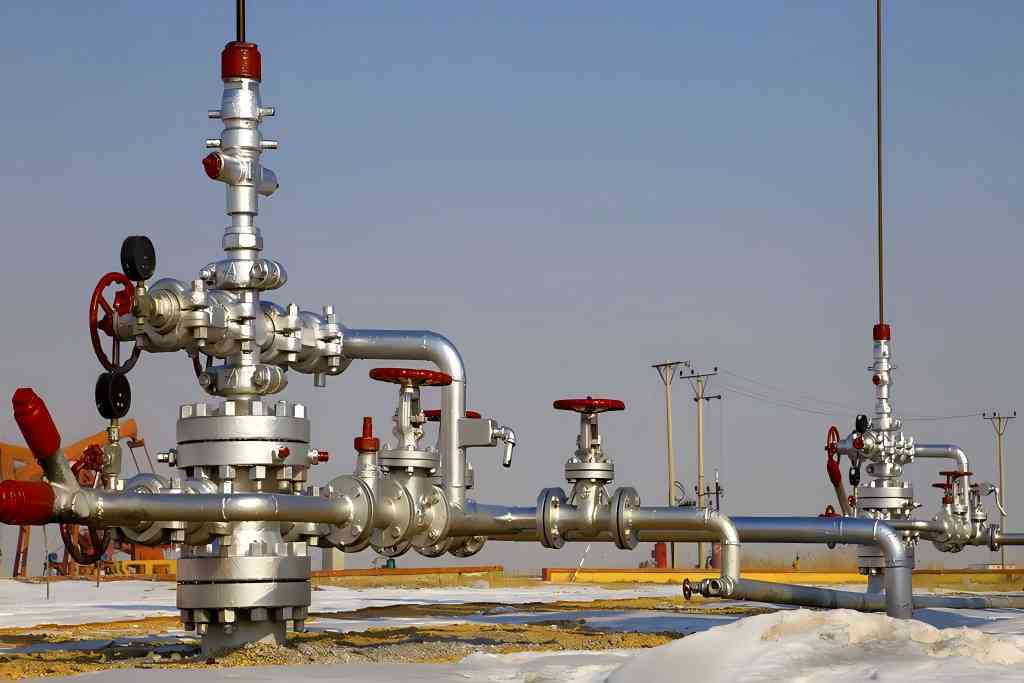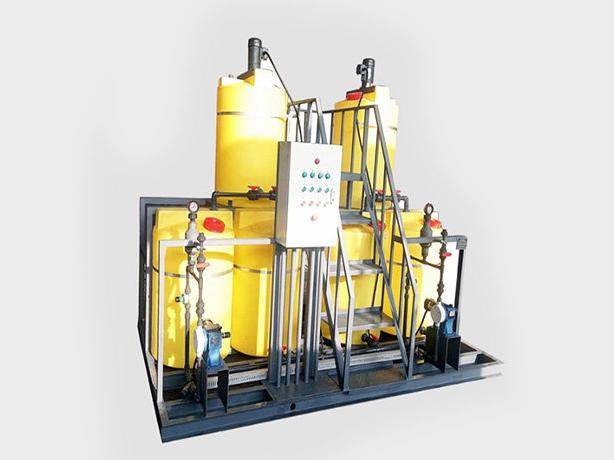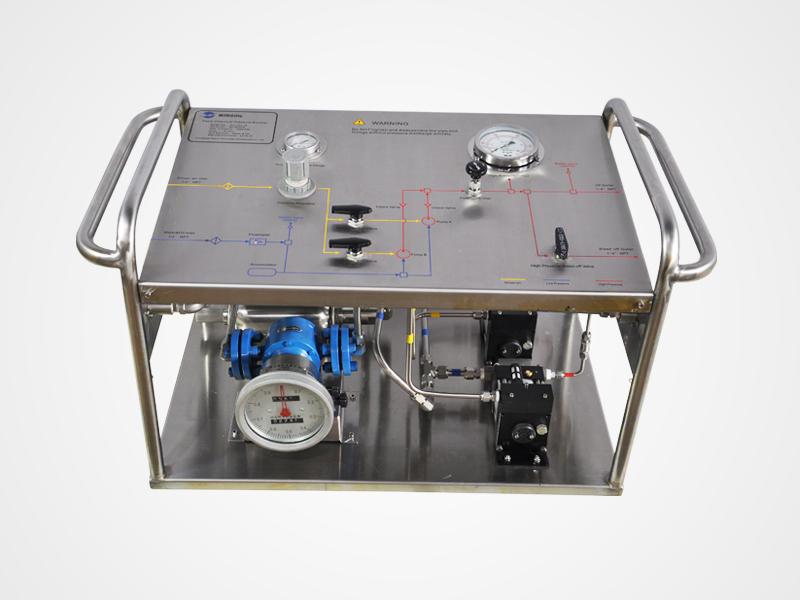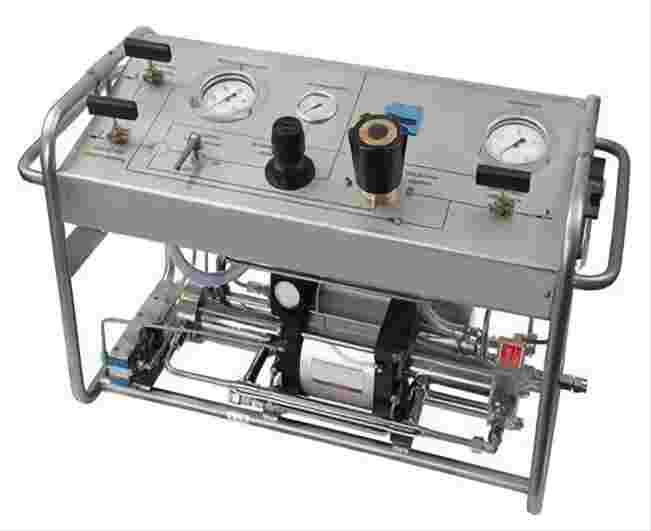Chemical Injection Skids: Types, Selection, and Where to Buy
Chemical injection skids play a crucial role in various industries, such as oil and gas, chemical processing, and water treatment. These systems are responsible for accurately and efficiently injecting chemicals into processes to ensure optimal performance, safety, and compliance. Selecting the right type of chemical injection skid is vital for the success of your operations. In this article, we will explore the different types of chemical injection skids available, provide guidance on how to choose the most suitable one for your needs and offer insights on where to purchase these essential systems.
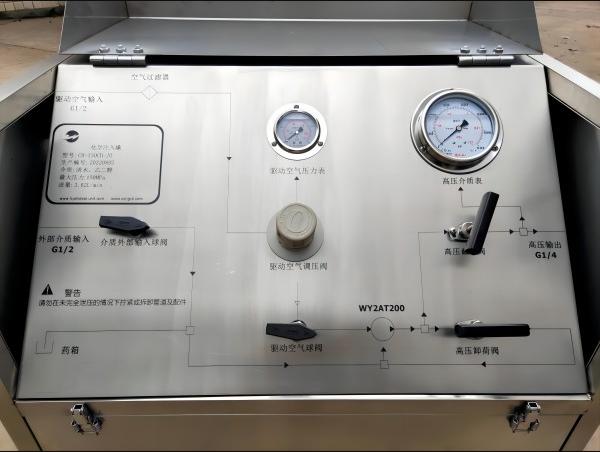
Different Types of Chemical Injection Skids
Electric Chemical Injection Skids
Electric chemical injection skids are widely used in industries where precision and control are essential. These skids are powered by electricity and typically consist of a pump, control panel, and chemical storage containers. Here’s a closer look at their components and advantages:
Components and Operation
- Electric pump: These skids feature electrically driven pumps that accurately meter and inject chemicals into the process stream.
- Control panel: The control panel allows for precise adjustment of flow rates, ensuring optimal chemical dosing.
- Chemical storage: Electric skids often include storage tanks or containers to hold the chemicals securely.
Use Cases and Advantages
- Well-suited for applications requiring precise dosing, such as water treatment and chemical manufacturing.
- High accuracy and repeatability in chemical injection.
- Ease of control and monitoring through digital interfaces.
Pneumatic Chemical Injection Skids
Pneumatic chemical injection skids utilize compressed air to inject chemicals into processes. These skids are known for their reliability and versatility. Let’s delve into their components and advantages:
Components and Operation
- Pneumatic pump: These skids use compressed air to operate a pneumatic pump, which injects chemicals into the system.
- Compressed air source: A source of compressed air is required to power the skid.
- Chemical storage: Similar to electric skids, pneumatic skids feature containers for chemical storage.
Use Cases and Advantages
- Well-suited for remote or offshore locations where electricity may not be readily available.
- Highly reliable and robust, making them ideal for harsh environments.
- Lower energy consumption compared to electric skids.
Solar-Powered Chemical Injection Skids
Solar-powered chemical injection skids harness the energy of the sun to operate, making them a sustainable and environmentally friendly option. These skids are gaining popularity in off-grid and environmentally conscious applications. Here’s how they work and their advantages:
Components and Operation
- Solar panels: Solar skids are equipped with photovoltaic panels that convert sunlight into electricity to power the system.
- Battery storage: Energy captured by the solar panels is stored in batteries for continuous operation, even during cloudy periods.
- Chemical injection components: Similar to other skids, they include pumps and containers for chemical storage.
Use Cases and Advantages
- Ideal for remote locations with limited access to electricity.
- Environmentally friendly, reducing carbon emissions.
- Lower operational costs due to renewable energy sources.
Hydraulically Operated Chemical Injection Skids
Hydraulically operated chemical injection skids use hydraulic power to drive the injection process. These skids are known for their high-pressure capabilities and versatility. Let’s explore their components and advantages:
Components and Operation
- Hydraulic pump: These skids utilize hydraulic power to operate the chemical injection pump.
- Hydraulic fluid source: A hydraulic fluid reservoir and system are required to generate hydraulic pressure.
- Chemical storage: Like other skids, they feature containers for chemical storage.
Use Cases and Advantages
- Ideal for applications requiring high-pressure injection, such as oil and gas well stimulation.
- Suitable for hazardous environments due to the absence of electricity.
- Can handle a wide range of chemicals and viscosities.
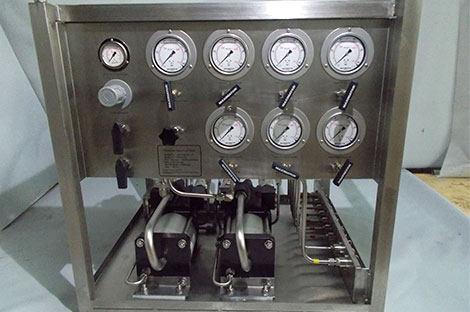
How to Choose the Right Chemical Injection Skid?
Selecting the appropriate chemical injection skid involves a thorough assessment of your project requirements and considerations. Here are the key factors to keep in mind when making your decision:
- Flow Rate: Determine the required flow rate of the chemical injection skid to ensure it can meet the demands of your process.
- Pressure: Consider the operating pressure of your system, as different skids may have varying pressure capabilities.
- Chemical Compatibility: Ensure that the materials used in the skid are compatible with the chemicals you intend to inject to prevent corrosion or chemical reactions.
- Environment and Location: Assess the environment where the skid will be installed, including factors such as temperature, humidity, and exposure to harsh conditions.
- Budget and Cost Analysis: Determine your budget constraints and evaluate the total cost of ownership, including installation, maintenance, and operational costs.
- Maintenance and Service Requirements: Consider the ease of maintenance and availability of service and spare parts for the selected skid type.
- Safety Features and Compliance: Verify that the skid complies with safety standards and regulations relevant to your industry.
Where to Buy a Chemical Injection Skid?
Once you’ve identified the type of chemical injection skid that best suits your needs, the next step is to find a reputable source for purchasing it. Here are some options:
Local Suppliers and Manufacturers
Contact local suppliers and manufacturers of chemical injection skids who can provide customized solutions and offer support.
Online Marketplaces and Distributors
Explore online platforms and distributors that offer a wide range of skid options and competitive pricing.
Industry-Specific Trade Shows and Events
Attend industry trade shows and events where you can connect with manufacturers, distributors, and experts in chemical injection systems.
Comparison of Buying Options
Conduct a thorough comparison of buying options, considering factors such as lead time, customization capabilities, and after-sales support.
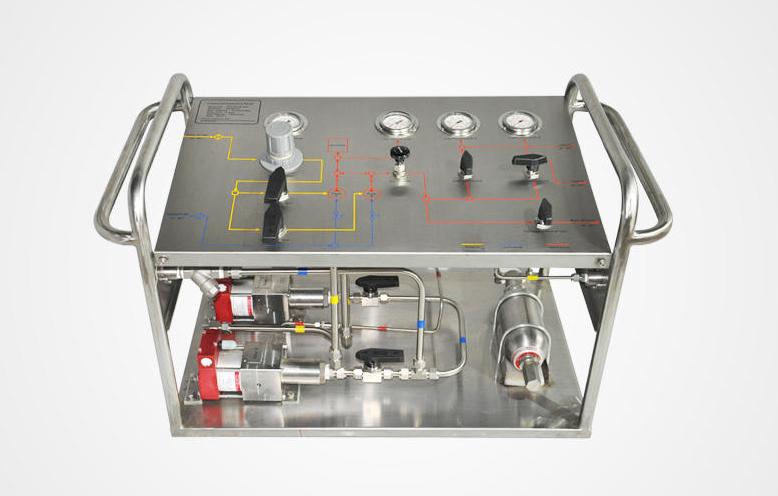
Conclusion
Selecting the right chemical injection skid is a critical decision that can significantly impact the efficiency, safety, and success of your industrial processes. By understanding the various types of chemical injection skids available and carefully considering your project requirements, budget, and environmental factors, you can make an informed choice. Whether you choose an electric, pneumatic, solar-powered, or hydraulically operated skid, it’s essential to prioritize safety, reliability, and compliance with industry standards. Finally, explore multiple buying options to ensure you get the best value and support for your investment.

